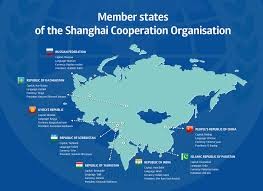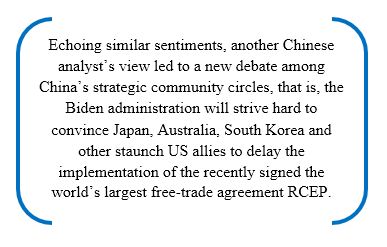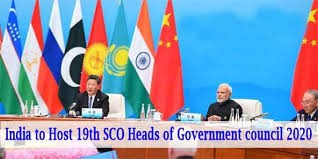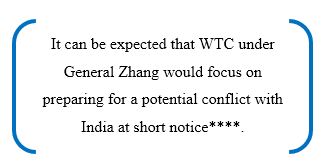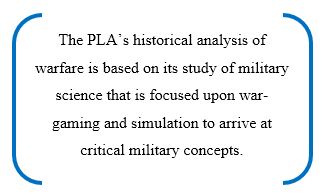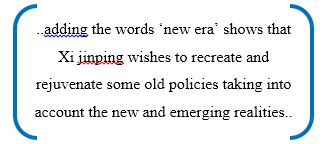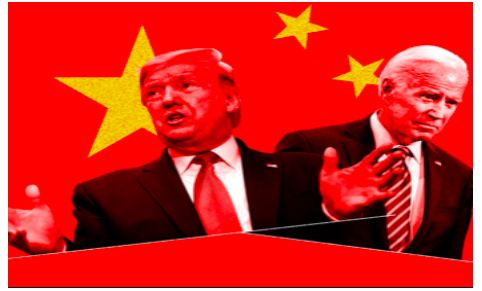Abhyoday, Research Intern, ICS
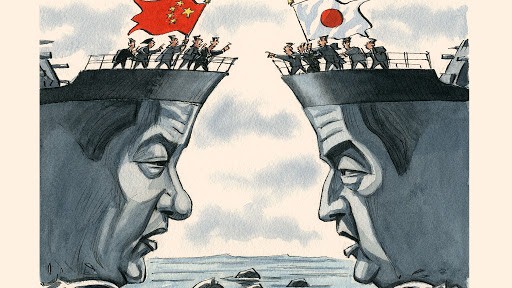
Japan and China have for a good part the 2010s been able to maintain a relationship which was mutually beneficial. The economic collaboration between the two countries has kept on increasing and it was the Japanese investment which has played a big role in the rise of China as the world’s manufacturing center. However, since the trade war between the USA and China, Japan is struggling to balance its economic interests with China and strategic interests vis a vis the United States.
The two countries have their fair share of problems, be it the seasonal Yasukuni shrine problem, or the constant increase in Chinese activities in the East China Sea’s areas which are claimed by Japan as an incursion. While the Japanese have a huge dependence on the manufacturing from China and the supply chains emanating out of it, the transformed foreign policy approach of Chinese in 2020 has made it all the more difficult for Tokyo to maintain its economic interests without jeopardizing the strategic quotient.
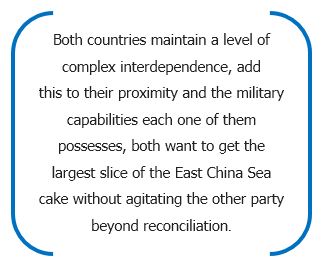
The conundrum was in full view when in June, the Trump-led US government lashed out at the CCP (Chinese Communist Party) for their new national security legislation in Hong Kong, and as a result of which, the USA wanted to impose sanctions on Hong Kong and Mainland China. USA wanted a joint statement of G7 nations condemning China, however, only four countries came forward, them being, USA, UK, Australia and Canada. The absence of Japan raised many eyebrows. Some analysts and news reports mentioned that Japan wanted to condemn these acts by China, but not to a level to jeopardize its economic interests.
As the Chinese military maneuvering in the East China Sea has seen an uptick coupled with the larger change in Chinese diplomacy, which has become highly aggressive, popularly known as wolf warrior diplomacy, Japan finds itself in a difficult situation.
In dealing with the tensions in the East China Sea, both the countries are treading a narrow line. On the one hand, China wants to continue its activities to the extent that Japan finds it within its comfort zone to deal with it bilaterally, and on the other hand, Japan wants to maintain its sovereign rights of the Senkaku Islands (as declared in 2012) without compromising its economic interests with respect to China. Both countries maintain a level of complex interdependence, add this to their proximity and the military capabilities each one of them possesses, both want to get the largest slice of the East China Sea cake without agitating the other party beyond reconciliation.
Thus, as Japan wants to unchain from these shackles of complex interdependence to have a more independent China policy, it is looking at options to nullify this interdependence. In line with this, the Japanese have been trying to diversify their supply chains and move to manufacture away from China and to South East Asia and India.
In the process, according to a report by Bloomberg, 57 companies would receive 57.4 billion yen or $536 million in subsidies from the Japanese government to move to manufacture away from China. In addition to this, thirty other firms would receive money to move factories to Vietnam, Myanmar, Thailand and other Southeast Asian countries stated the Ministry of Economy, Trade and Industry. The payments would come from the 243.5 billion yen that was earmarked by Government in Tokyo to reduce dependency on Chinese supply chains.
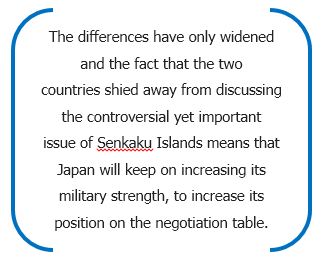
In addition to these steps for economic diversification, Japan is also taking up military modernization. Be it, converting Helicopter carriers into Aircraft Carriers or military pact with Australia (which is Japan’s second agreement on allowing a foreign military presence in its territory, the first being the 1960 Status of Forces Agreement with the US). In addition to all this, Japan has also increased its engagement in the Indo-Pacific region.
The whole visit of Chinese Foreign Minister Wang Yi also has confirmed that both sides are not willing to relent on their respective positions. The differences have only widened and the fact that the two countries shied away from discussing the controversial yet important issue of Senkaku Islands means that Japan will keep on increasing its military strength, to increase its position on the negotiation table. Just recently Japanese Defense Minister Nobuo Kishi has invited German warships for naval drill with their Japanese counterparts and Japan has also decided to hold naval drills with France.

Japan, for a long time, has been constrained by its economic interests. Thus, it has not been able to act out its strategic interests. For perspective, the trade with China of Japan’s total trade in 2019 was 21.3 percent. However, as the country diversifies its economic options, the Chinese will lose the Achilles Heel (Japan’s supply chain dependence) and could increase the probability and intensity of strategic contestation. In the meantime, the attempt to showcase things as normal is in Japanese interest as it gives it time for the companies to move their manufacturing out of China and diversify its supply chains, thus, gaining the ability to act out its strategic interests and deter China’s activities in the East China Sea.


